Every September, as the squares are decked out in green, white, and red and the aroma of traditional snacks fills the air, all of Mexico prepares for one of its most cherished rituals: El Grito de la Independencia (The Cry of Independence). It is a moment that transcends generations, achieving what few things can in these times: uniting us. But behind this well-known ceremony lies a story that is much deeper, more complex, and more human than we tend to imagine.
The first cry: neither lavish nor rehearsed
When Miguel Hidalgo stepped out in front of the parish church of Dolores on the morning of September 16, 1810, he did not do so with lights, fireworks, or a perfectly calculated epic speech. He did so with urgency and a burning heart. According to the oldest accounts, he shouted something very different from what we hear today: he spoke of freeing themselves from oppression, of stopping paying taxes, and even offered a symbolic payment to those who would follow him in his cause.
That was the real beginning: not a spectacle, but a desperate call to rise up against injustice. Over time, names, places, and symbols were added to that original cry. When he arrived in Atotonilco, Hidalgo took up the banner of the Virgin of Guadalupe and shouted her name. Then in San Miguel, he invoked Saint Michael the Archangel. The cry “Viva Mexico!” did not yet exist, because the entire country was not yet conceived as a single nation.
From an improvised call to a national tradition
Over the years, the “vivas” grew. The names of Morelos, Guerrero, Allende, Josefa Ortiz de Domínguez were added, and later even ideals such as democracy or recognition of the women and men who built the country. Maximilian of Habsburg decided to ring the bell in Dolores as a symbol of Mexican identity. Later, Porfirio Díaz had the bell moved to the National Palace, where every president has rung it ever since.
There is even a theory that Díaz changed the date to the 15th because it was his birthday, but the truth is that since 1824 it had been customary to celebrate from the eve of the holiday as part of the “verbenas de la víspera” (eve festivities), a legacy of Spanish celebrations. This is how this nighttime ritual that we identify with so strongly came about.
Between real heroes and symbolic heroes
Many of the figures we now venerate as “Fathers of the Nation” were not seen that way at the time. Hidalgo, Iturbide, Morelos… they were all human, with mistakes, passions, and contradictions. They did not become symbols because they were perfect, but because over time we decided to see in them what we needed: examples of courage, of breaking with the past, of hope.
The famous Pípila, for example, probably did not exist as a single individual, but as a symbol of all the miners who, outraged by injustice, rose up against the Alhóndiga de Granaditas. Legends are born not to distort history, but to remind us of what we are capable of when we decide to fight for something greater than ourselves.
Today’s cry: a mirror of our identity
Today, when the president—and for the first time in 2025, a female president, Claudia Sheinbaum—steps out onto the balcony of the National Palace to shout the names of our heroes, she will not just be repeating words. She will be rekindling a thread that connects the past with our present.
Because the Grito is not just a ceremony, it is a collective reminder. It reminds us that our identity was not born perfect, but was built with different voices, struggles, mistakes, and hope. And that it continues to be built every day, with what we do, what we demand, and what we dream of as a country.
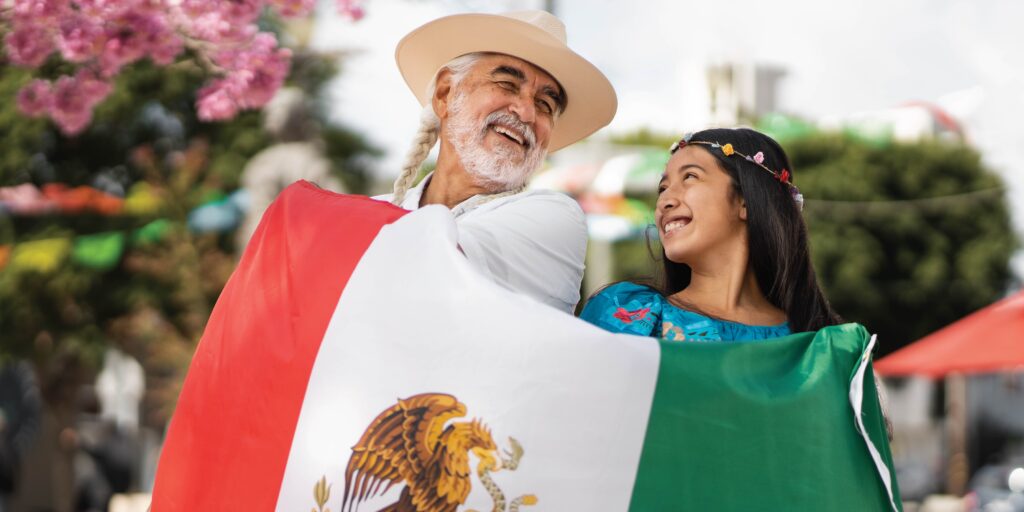
More than history, a commitment
Every “Viva México!” we shout is not only for those who gave us our homeland, but also for those who sustain it today. It is for the children who deserve a dignified future, for the young people who never stop trying, for the grandparents who never lose faith, for those who continue to believe that this country can be better.
The Grito is our way of remembering that Mexico is not just territory or symbols: Mexico is us. And as long as we continue to remember where we come from, we can imagine more strongly where we want to go.
So, this September 15, when the bells ring and our voices unite, shout with pride. Not only because we are celebrating 215 years of independence, but because we are celebrating our ability to rise again and again, to reinvent ourselves, and to continue dreaming together.
¡Viva México!




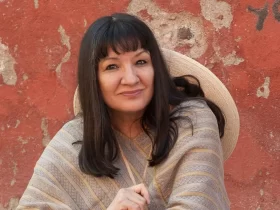


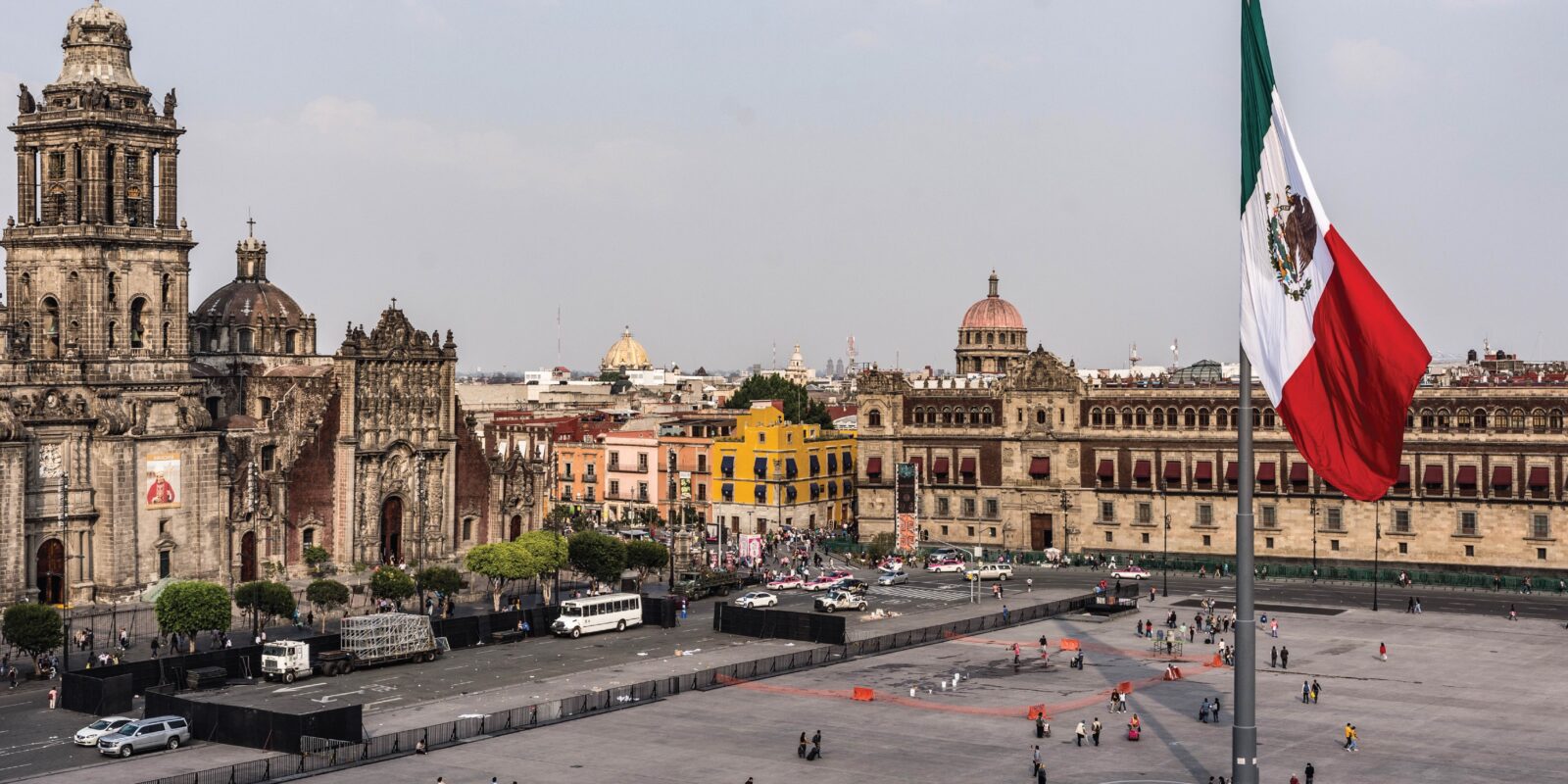










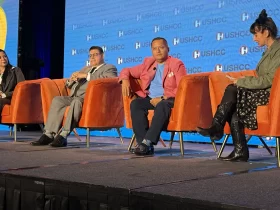


















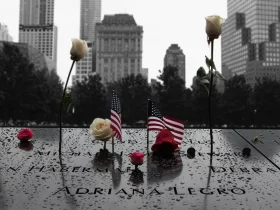
Leave a Reply